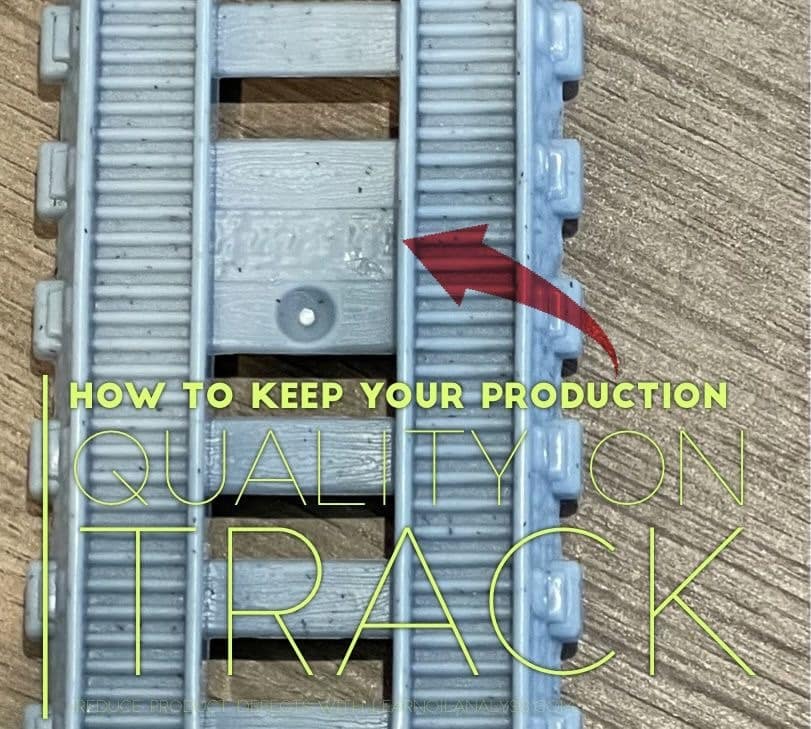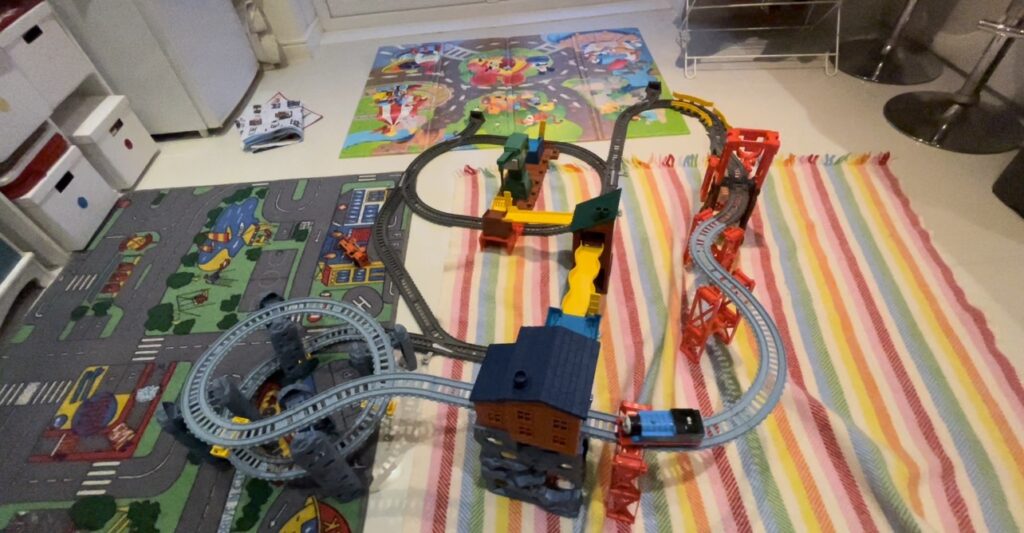Production quality is getting worse and build quality for a whole host of products is getting worse each year. Some of this may be down to in-built obsolescence on things like phones and white goods to encourage you to upgrade. However, stuff that you wouldn’t expect to upgrade has the same issue. I have noticed in recent years kids toys build quality which used to be very robust are now quite cheap and flimsy even on the premium end toys.
This can be a problem when it comes to Christmas and birthdays where you end up with a huge list of Ikea style assembly instructions you are on a countdown timer until a tantrum because it’s not ready yet kicks in. Last year it was a sit on JCB branded (other construction brands are available) digger (more specifically it was a wheel loader) that was missing the piece to empty the bucket at the end. My son didn’t seem to notice and we got away with it. This year it was a Thomas the tank engine train set that the hole where a slide clipped to the track was missing. As you can see by the red arrow it just had not been pressed out or the blow mould leaked. A kitchen knife to score the area followed by a small chisel and hammer managed to cut the hole out nicely so it fit in the end. This was not the only flaw I found and there were about 4 or 5 additional issues I found like this in the end product not matching the instructions especially around parts where the track was supposed to clip to other parts. Now before you think I’m just making a fuss about a kids train set. Imagine if this was something that was life saving or extremely costly if it failed? If this was a metal fitting of an actual piece of passenger railway line then this would be more serious if it could cause derailment. So build quality does matter, even if you have to change the context to appreciate it.

Building a quality product should always be important even if lives are not in danger if it fails as people remember poor quality products more than good quality ones. In the newspaper the other week I read about a supermarket selling rotten turkeys at Christmas, and people boycotting the supermarket for ruining Christmas Day. They may have purchased 1000s of products that were all perfect condition for the rest of the year, but that one bad experience marred things. So catching product quality issues is a first starting point. Assuming your quality control processes are in place you may think that catching problem is fairly easy, but no process is perfect so even if you catch 99.99% of faults that 0.01% still can be an issue depending on how many faults there are in the first place. If you have only produce a few hundred of your product in a year then 0.01% is quite small, but if you have 10,000,000 0.01% becomes a bigger number by comparison. So not only catching faults but also preventing them becomes important too. You might not realise but apart from design flaws which are inherently in every product, random product faults are commonly caused by a fault with the machinery manufacturing the product. It makes sense as if you have a ropey old unreliable machine making your next high precision product then the likelihood of getting a good end product becomes less so. Hence you need a way to monitor the condition of the machinery doing the manufacturing. So in steps oil analysis.
“Oil Analysis not only helps protect your machinery from failures but also the product you are making too.”
I have had several examples of machinery issues being linked to issues with product quality. A good example was of a car manufacturer die casting body panels that the cleanliness of the fluid had a large impact on surface finish. Hence the customer under-went regular oil analysis of the machinery and the moulding oils to assess the fluid cleanliness. Another was of a large drinks manufacturer selling soft drinks in the UK that the bottle caps were not seating right in about 0.5% of a run, which is a lot of bottles for this manufacturer. It was found the cap was fine but the main bottle injection moulding had a varnish issue that was causing sticking of a valve in the system meaning the threads were not accurately being blown. Ultimately oil analysis solved this issue. Finally, an issue of leaking yogurt pots was found to be linked to be related to a conveyor gearbox fault causing the pots to be propelled at the wrong speed to the next section and damaging the pot as a result.
Overall you can imagine there are countless production faults and quality issues that can be caused by poor machinery and lubricant condition. Hence it is not just a downtime factor but also your reputation with the quality of your manufactured product.

Out of curiosity this is the finished train track by the way. I hope you had a great holiday. Feel free to message us in 2023.

